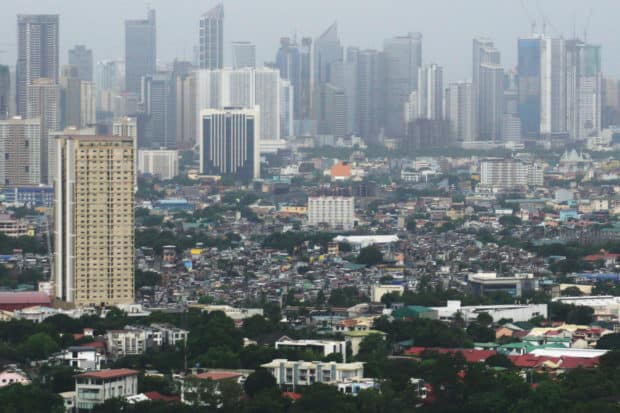
MANILA, Philippines—A relatively young population bolstering the labor force would help Manila to become among the fastest-growing cities in Southeast Asia until 2035, UK-based Oxford Economics said.
Richard Holt, Oxford Economics head of global cities research, projected in a report that the Philippine capital could grow its gross domestic product (GDP) by an average of 5.8 percent from 2021 to 2035.
In Southeast Asia, only Ho Chi Minh City will grow faster, by 7.2 percent, during the same period. Jakarta’s growth in the next 15 years was estimated at 5.7 percent; Kuala Lumpur, 4.5 percent; Bangkok, 3.3 percent and Singapore, 2.8 percent.
Across the 33 Asia-Pacific cities covered by the report, those whose working age populations (aged 15 to 64) were expected to increase at a faster rate like Bangalone, Shenzhen, Ho Chi Minh, Delhi, Manila, Guangzhou and Hyderabad. They would also lead economic growth in their regions.
Bangalore in India, whose working age population was projected to rise by 2 percent annually from 2021 to 2035, would likewise grow its GDP the fastest—by an average of 9.1 percent during the 15-year period.
In the case of Manila, Oxford Economics estimated its working age population to rise by 1.2 percent yearly in the next 15 years. Productivity growth in the Philippine capital was seen at 3.3 percent during the same period.
In a working paper of Tokyo-based think tank Asian Development Bank Institute (ADBI), the Philippines, Brunei Darussalam, Cambodia, Indonesia, Laos and Myanmar were identified as among the countries currently enjoying their “first demographic dividend.”
Myanmar is currently in a state of conflict following a military coup.
“Theoretically, the early phase of demographic transition has a larger proportion of workers, which increases aggregate consumption, cumulative investment and total labor inputs—thus, output increases,” said the ADBI report, authored by Upalat Korwatanasakul, Pitchaya Sirivunnabood and Adam Majoe.
“The Philippines represents a young society,” ADBI said. Of an estimated population of 105.58 million in 2020, at least 32.92 million were below the age of 14. At least 70.62 million were in the 15-64 working age bracket and only 6.04 million were aged 65 and above.
ADBI said China, Malaysia, Singapore, Thailand and Vietnam currently have “aging” societies; South Korea was an “aged” society; while Japan had a “super-aged” society.
Article and Photo originally posted by Inquirer last March 15, 2021 5:28pm and written by Ben O. de Vera.







More Stories
Vista Land Celebrates 50 Years with Sandiwa: An Event Honoring Leadership, Legacy, and the Filipino Dream of Homeownership
Vista Land Celebrates Love Month in Ilocos Region
Vista Land Bridges Cebuano Heritage and Progress with Valencia by Vista Estates